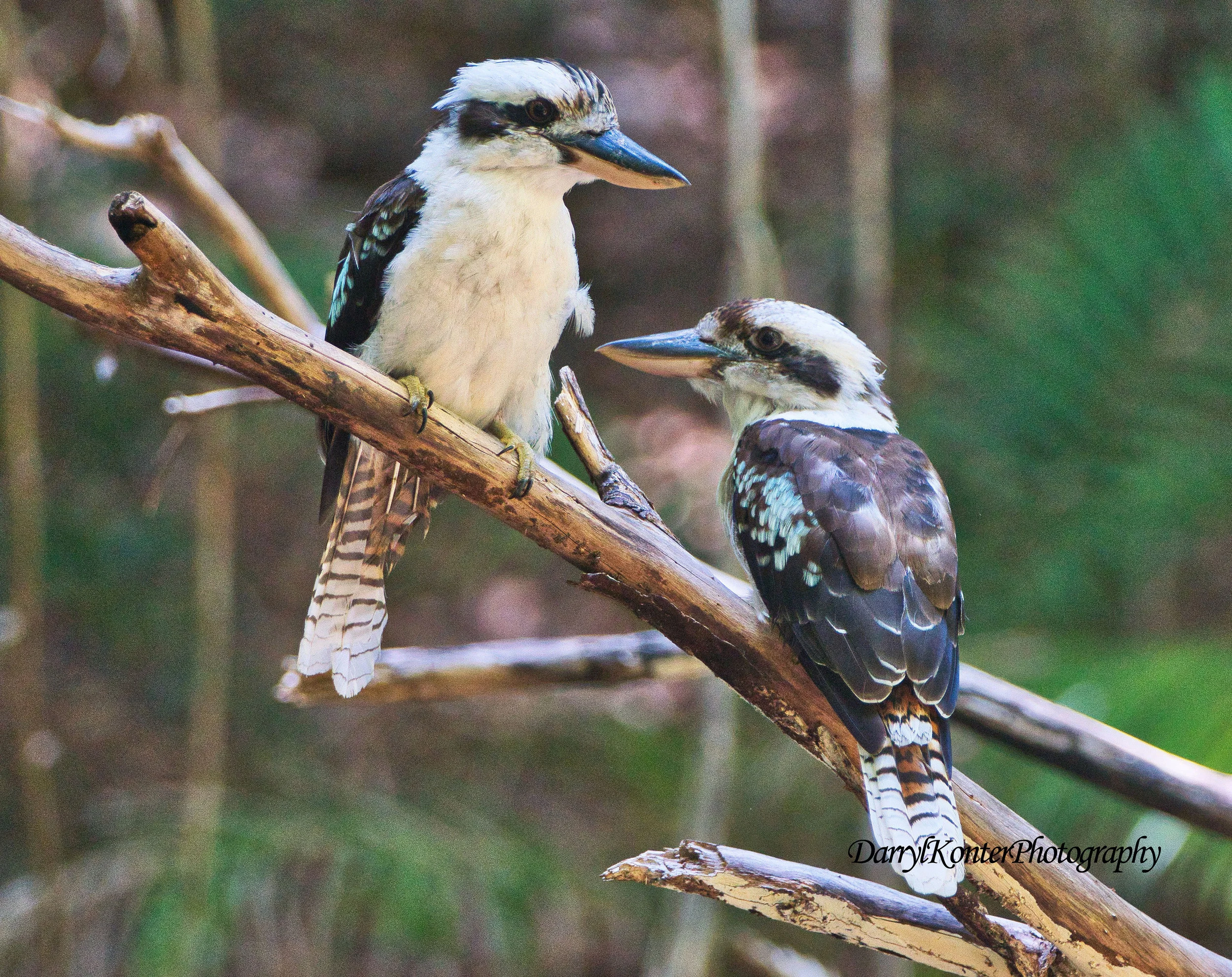I know it might sound to you like the name of a skin disease, but that’s not what crimson rosella is. THIS is what a crimson rosella is:
It’s a parrot native to eastern and south eastern Australia, commonly found in gardens and mountain forests. They primarily live in forests and woodlands, preferring older and wetter forests. They will also live in human-affected areas such as farmlands, pastures, fire-breaks, parks, reserves, gardens, and golf-courses. I got this picture while staying in a cabin in Halls Gap, in Grampians National Park. They are rarely found in treeless areas. At night, they roost on high tree branches.
These beauties are about 14 inches long. Crimson rosellas forage in trees, bushes, and on the ground for the fruit, seeds, nectar, berries, and nuts of a wide variety of plants. Despite feeding on fruits and seeds, rosellas are not useful to the plants as seed-spreaders, because they crush and destroy the seeds in the process of eating them. Their diet often puts them at odds with farmers whose fruit and grain harvests can be damaged by the birds, which has resulted in large numbers of rosellas being shot in the past.
On the other hand, rosellas will also eat many insects and their larvae, including termites, aphids, beetles, weevils, caterpillars, moths, and water boatmen. As termites are a major menace in South Australia, people should LOVE any bird that eats them.







